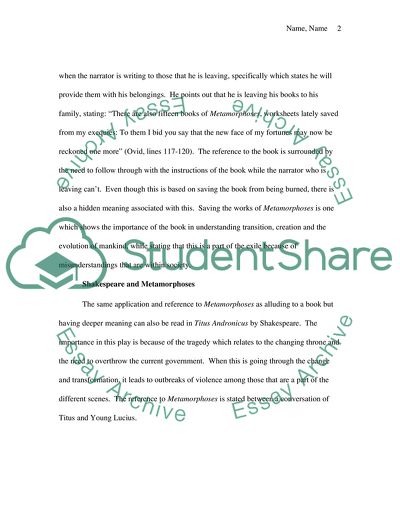Cite this document
(Ovid's Metamorphoses and Shakespeare's Titus Andronicus Book Report/Review, n.d.)
Ovid's Metamorphoses and Shakespeare's Titus Andronicus Book Report/Review. https://studentshare.org/literature/1747025-ovids-metamorphoses-and-shakespeares-titus-andronicus
Ovid's Metamorphoses and Shakespeare's Titus Andronicus Book Report/Review. https://studentshare.org/literature/1747025-ovids-metamorphoses-and-shakespeares-titus-andronicus
(Ovid's Metamorphoses and Shakespeare'S Titus Andronicus Book Report/Review)
Ovid's Metamorphoses and Shakespeare'S Titus Andronicus Book Report/Review. https://studentshare.org/literature/1747025-ovids-metamorphoses-and-shakespeares-titus-andronicus.
Ovid's Metamorphoses and Shakespeare'S Titus Andronicus Book Report/Review. https://studentshare.org/literature/1747025-ovids-metamorphoses-and-shakespeares-titus-andronicus.
“Ovid's Metamorphoses and Shakespeare'S Titus Andronicus Book Report/Review”. https://studentshare.org/literature/1747025-ovids-metamorphoses-and-shakespeares-titus-andronicus.


